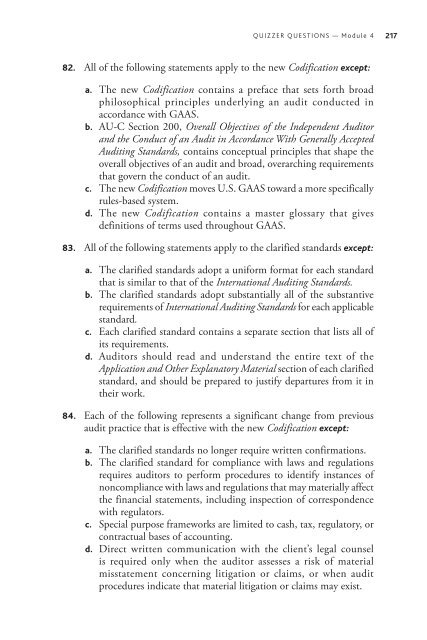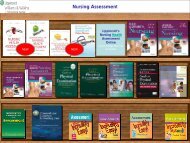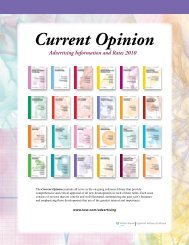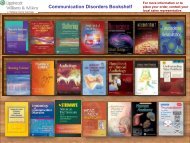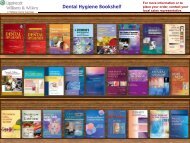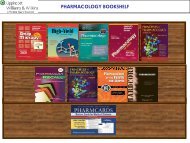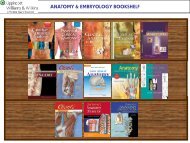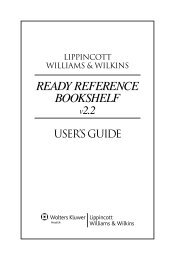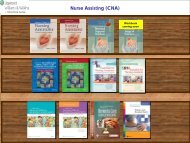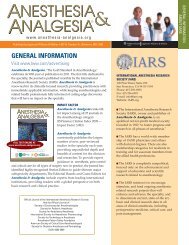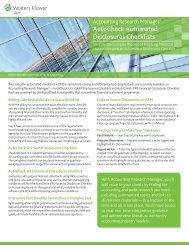TOP AUDITING ISSUES FOR 2013 - CCH
TOP AUDITING ISSUES FOR 2013 - CCH
TOP AUDITING ISSUES FOR 2013 - CCH
You also want an ePaper? Increase the reach of your titles
YUMPU automatically turns print PDFs into web optimized ePapers that Google loves.
QUIZZER QUESTIONS — Module 4<br />
217<br />
82. All of the following statements apply to the new Codification except:<br />
a. The new Codification contains a preface that sets forth broad<br />
philosophical principles underlying an audit conducted in<br />
accordance with GAAS.<br />
b. AU-C Section 200, Overall Objectives of the Independent Auditor<br />
and the Conduct of an Audit in Accordance With Generally Accepted<br />
Auditing Standards, contains conceptual principles that shape the<br />
overall objectives of an audit and broad, overarching requirements<br />
that govern the conduct of an audit.<br />
c. The new Codification moves U.S. GAAS toward a more specifically<br />
rules-based system.<br />
d. The new Codification contains a master glossary that gives<br />
definitions of terms used throughout GAAS.<br />
83. All of the following statements apply to the clarified standards except:<br />
a. The clarified standards adopt a uniform format for each standard<br />
that is similar to that of the International Auditing Standards.<br />
b. The clarified standards adopt substantially all of the substantive<br />
requirements of International Auditing Standards for each applicable<br />
standard.<br />
c. Each clarified standard contains a separate section that lists all of<br />
its requirements.<br />
d. Auditors should read and understand the entire text of the<br />
Application and Other Explanatory Material section of each clarified<br />
standard, and should be prepared to justify departures from it in<br />
their work.<br />
84. Each of the following represents a significant change from previous<br />
audit practice that is effective with the new Codification except:<br />
a. The clarified standards no longer require written confirmations.<br />
b. The clarified standard for compliance with laws and regulations<br />
requires auditors to perform procedures to identify instances of<br />
noncompliance with laws and regulations that may materially affect<br />
the financial statements, including inspection of correspondence<br />
with regulators.<br />
c. Special purpose frameworks are limited to cash, tax, regulatory, or<br />
contractual bases of accounting.<br />
d. Direct written communication with the client’s legal counsel<br />
is required only when the auditor assesses a risk of material<br />
misstatement concerning litigation or claims, or when audit<br />
procedures indicate that material litigation or claims may exist.


